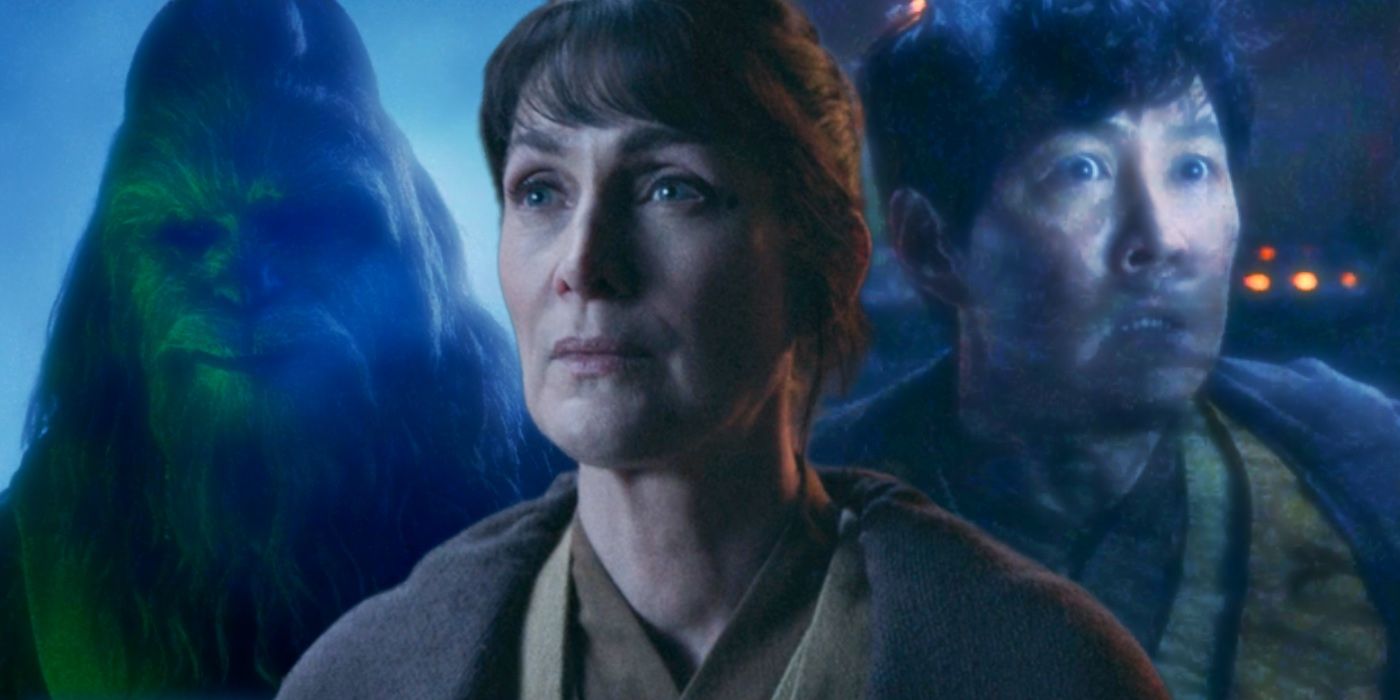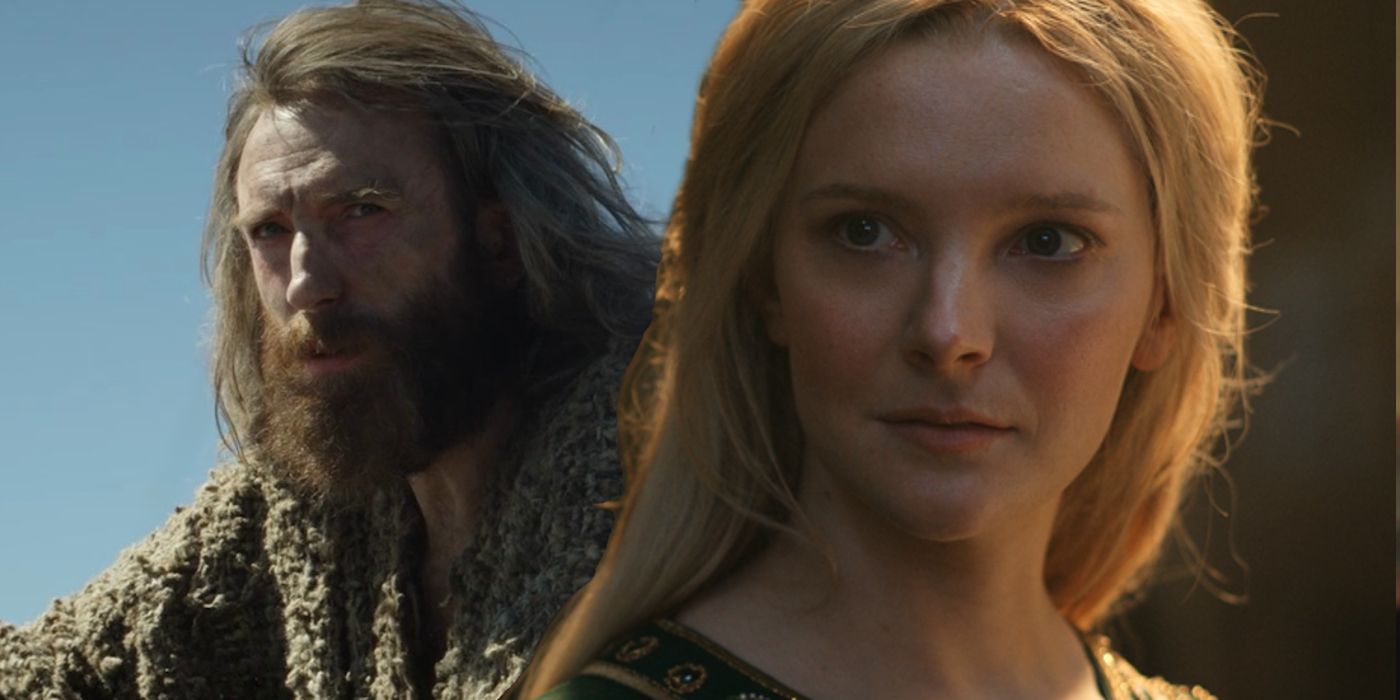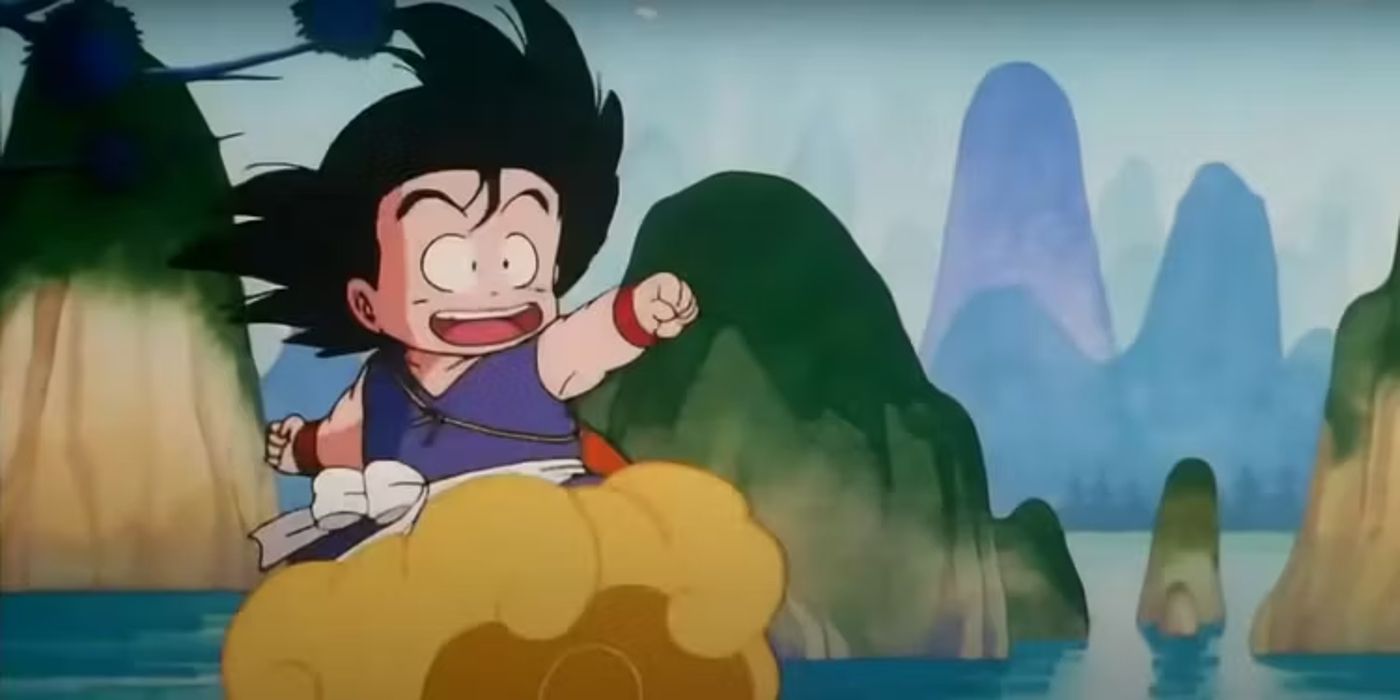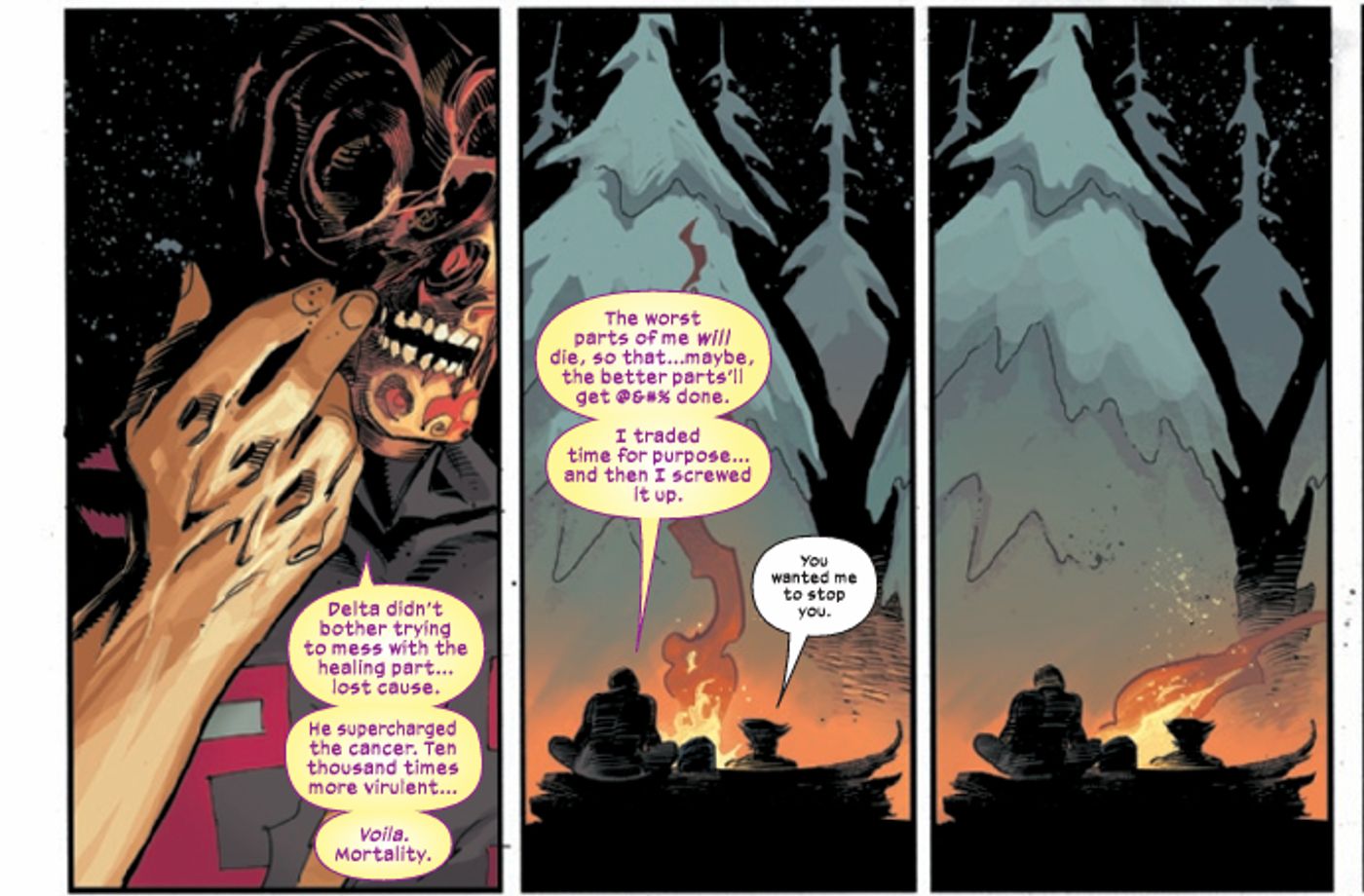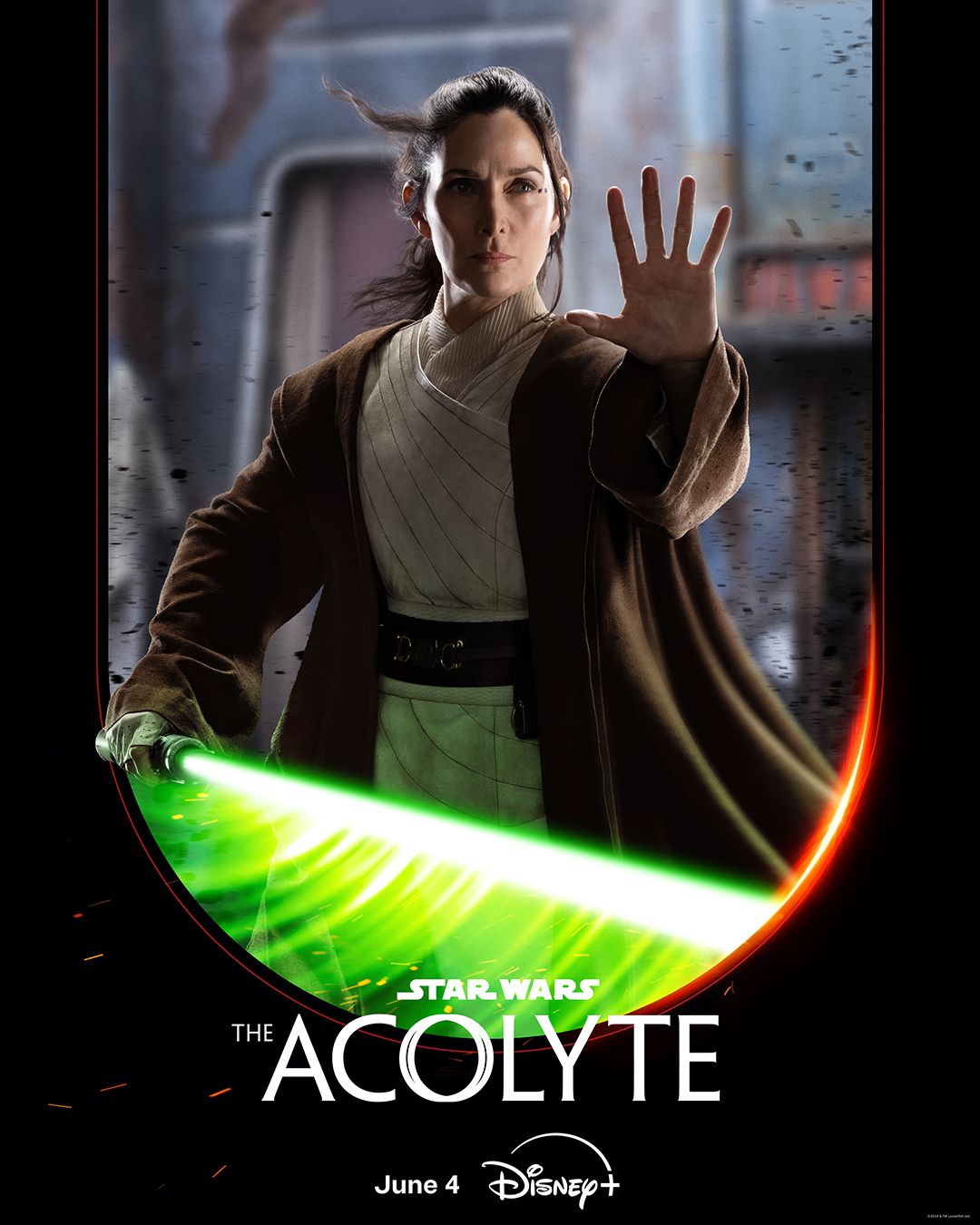Warning: Spoilers ahead for Dark Crisis on Infinite Earths #3
Earth’s Green Lanterns have just united across many generations, asserting the power of the Green Lantern legacy in DC Comics. DC’s latest Crisis-level event, Dark Crisis on Infinite Earths, has become a way for the Justice League’s many legacy characters to prove their greatness. But the event’s spotlighting of four Green Lanterns from completely different eras proves that the Green Lantern legacy is DC’s most potent.
The Green Lantern mantle is one of the oldest in superhero comics. Alan Scott’s magic-based Green Lantern debuted in 1940 during the Golden Age of comic books. The Green Lantern name has since become synonymous with sci-fi and space adventure instead of magic, as it was reinvented as the Green Lantern Corps (a troop of intergalactic police officers). But Alan Scott’s legacy lives on in Earth’s entire roster of Green Lantern Corps members, including the Silver Age’s Hal Jordan, the ’90s favorite Kyle Rayner, and the contemporary Green Lantern Jo Mullein—and that’s not even counting Earth’s other Lanterns, like John Stewart, widely popularized by the Justice League animated series.
The Green Lanterns have been around for nearly as long as Superman and Batman, and that legacy is on display in Dark Crisis on Infinite Earths #3 by Joshua Williamson, Daniel Sampere, Danny Miki, Daniel Henriques, Alejandro Sánchez, and Tom Napolitano. Early in the issue, Alan Scott leads the Justice Society of America as they swoop down to offer help to younger legacy characters, like the newest Superman and Robin. The main event, though, is the team-up between Hal Jordan, Kyle Rayner, and Jo Mullein, a trio who appeared together for the very first time in the last issue and who confront Pariah together in this issue.
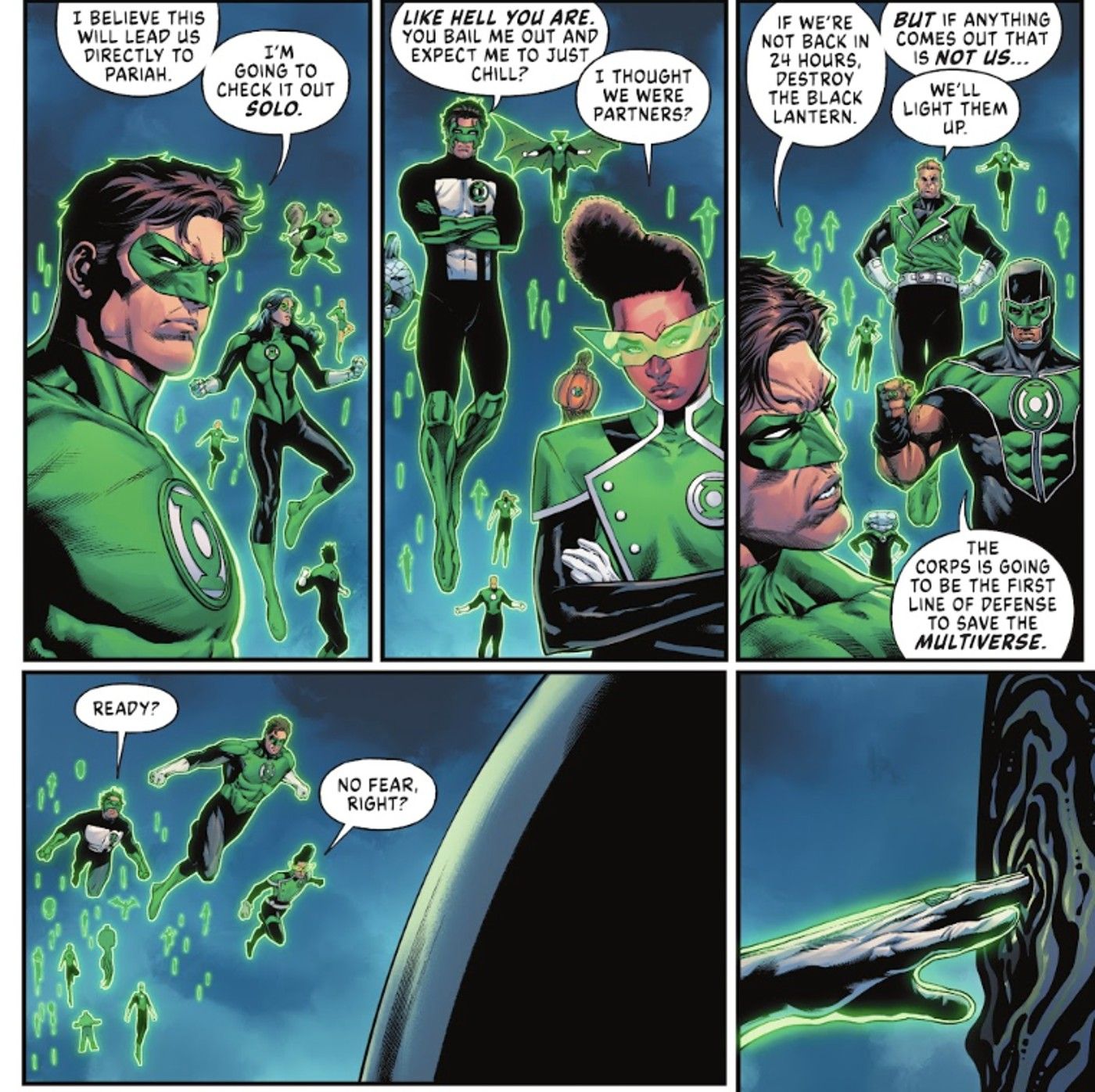
Again, Dark Crisis on Infinite Earths sees the first team-up between these three Lanterns in particular—and then, of course, the issue includes Alan Scott literally descending from the heavens to save the day. These appearances and this team-up between Green Lanterns from wildly different eras—Golden and Silver Age, the ’90s, and the super contemporary—show how potent and exciting superhero comics can be when stories unite history with progress: when the old characters work with the new characters. One major criticism against DC Comics in recent years is the tendency for the publisher to forget all about older legacy characters—like the once-popular Kyle Rayner—for newer, shinier characters. But with Kyle, once again, uniting with essential Corps members—including Jo Mullein—DC proves that the Green Lantern legacy is not only alive and well but one of comics’ most historic and still-exciting mantles.
When Green Lanterns unite across time and eras, the Corps proves why they have the greatest legacy in DC Comics. From the Golden Age to the über-contemporary, the Lanterns have a long history with DC, and each era has its highlights and most essential characters. But when Green Lanterns from these different ages and eras work together, superhero comics become all the more exciting.
Dark Crisis on Infinite Earths #3 is now available from DC Comics.
